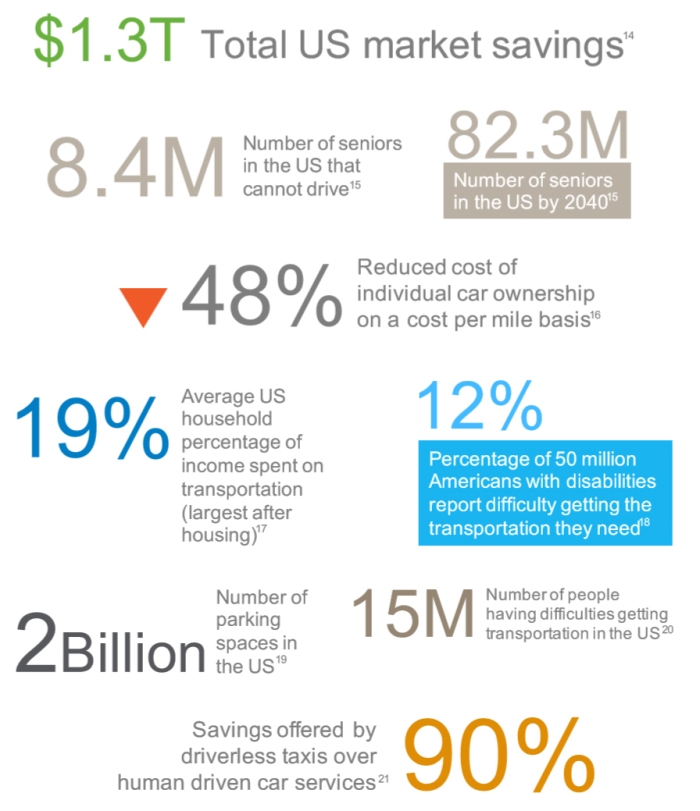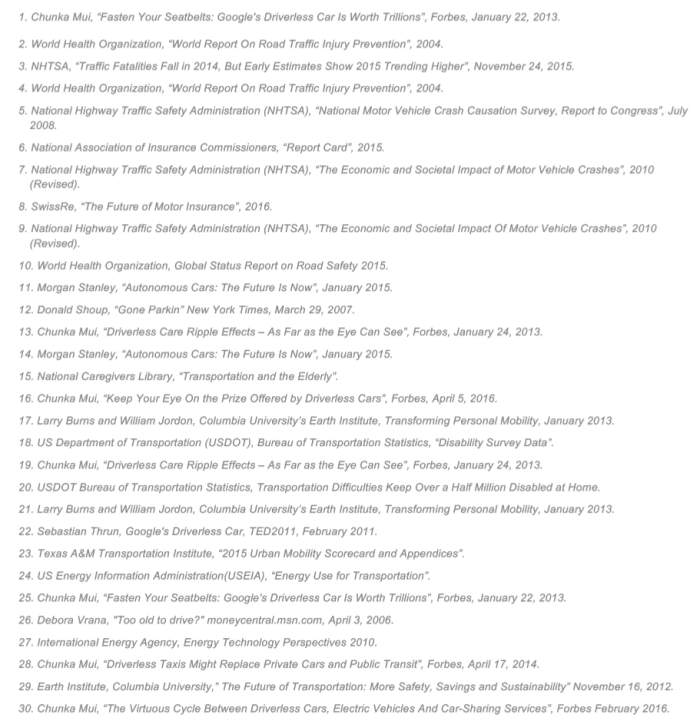The road to future ecosystems is paved by stakeholder action in the coming decades. These ecosystems support life experiences and have no regard for industry boundaries. Over time, established peer-to-peer relationships lead to value creation and capture for all ecosystem participants. Along the way, value design gets complicated, as multi-stakeholder ecosystems introduce complexity. It is value design that I believe challenges traditional thinking, both in how we view relationships and how we share value. As traditional thinking gives way, the resulting ecosystems have the potential to move towards the collaborative commons described by Jeremy Rifkin.
We are therefore likely to see increased value design activity supported by ecosystem models in the short term, with the competitive battleground shifting to ecosystem versus ecosystem. Market activity is always a clear sign of momentum, and the activity around the Mobility Ecosystem would indicate traction. As several scenarios like the connected car, the driverless car, and the sharing economy converge, this ecosystem begins to form. Various relationship strategies are emerging from major players across the automotive and technology industries. These are the early seeds of competing ecosystems germinating, as the players vie for ecosystem driver status. The breadth and depth of impact is significant, and all players associated with this $2 Trillion industry are affected. This will drive everyone in the cross hairs of this emerging ecosystem to assess their future role, pushing the need for value design and ecosystem modeling onto all stakeholders.
Value design will be fueled by the type of insight depicted in this infographic developed by colleague Kevin Mulcahy:




In a value design and ecosystem modeling exercise, several factors are considered, including: ecosystem stakeholders, ecosystem shifts, economics, security, safety, environment, regulatory, and legal. These factors are viewed through the lens of implications, anticipated responses, obstacles, benefits, and accelerators. Here is an early view as it relates to the mobility ecosystem:
Click on the image for a larger view. If you are in some way associated with the Mobility ecosystem, the time for value design is now.
Sources for the insights contained in the infographic:


[…] we accomplish things is enhanced. This transformation in interaction combined with the emergence of ecosystems will change the way we experience life in considerable ways. I’ll focus on the ecosystem piece of […]
LikeLike
[…] Ecosystem Models and Value Design […]
LikeLike
[…] Value design gets increasingly complicated as environmental complexity intensifies. I love the authors focus on outcome-based road maps and their ability to guide multi-team initiatives and articulate the key elements needed to direct their work: strategic intent, strategic constraints, and the definition of success. Outcome-based road maps achieve the critical alignment required to operate with speed in a multi-team environment. They tie planned work to the outcomes expected and strategic objectives desired; creating a coherent story that connects leadership to the efforts on the ground. Key messages: […]
LikeLike
[…] and guided by a constantly evolving view of emerging ecosystems. At the heart of this work lies Ecosystem Models. These models provide a range of possibilities inherent in emerging ecosystems, and identify […]
LikeLike
[…] these emerging ecosystems. Two specific steps for leaders to consider are developing relevant Ecosystem Models and associated ecosystem canvases – a variation on traditional business model […]
LikeLike
[…] Ecosystem Models and Value Design […]
LikeLike
[…] Per the article, trust enabled by Blockchain allows direct competitors to feel more confident about engaging. Collaboration is paramount in these ecosystems, allowing all stakeholders to draw more value. In my experience, two obstacles stand in the way of capturing this value: lack of relationship intelligence, and unwillingness to share data. Anything that elevates the level of trust helps with these two obstacles. While trust is a critical ingredient, a change in mindset is the most important. Ecosystem thinking challenges traditional views of value design. […]
LikeLike